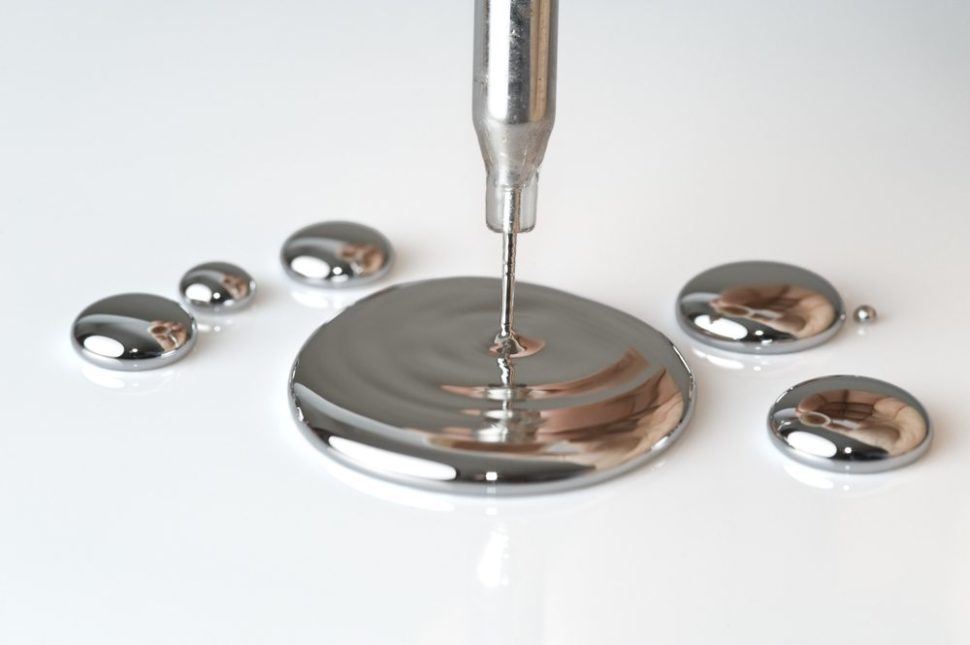Mercury pollution poses significant threats to the environment and could lead to serious and irreversible human health complications. Mercury removal from water is a challenging task. But now, thanks to researchers from the University of Minnesota, a newly developed nanosponge can remove mercury from water in less than 5 seconds.
Mercury is a poisonous heavy metal that occurs naturally in Earth’s environment. It can also be released by natural processes or anthropogenic activities. Inorganic mercury can convert to methylmercury, the form of mercury to which humans are most commonly exposed, mainly by eating fish.
Mercury Discharged Into Nature
Industries located near streams often discharge waste there, despite prohibitory regulations and the installation of sewage treatment plants. Mercury escapes from chimneys in coal-fired power plants, incinerators, cement plants and steel mills. Once in the atmosphere, the mercury compounds will be transported by winds and dispersed into nature, contaminating soil, bodies of water, and vegetation.
Then, water carries mercury and other heavy metals into the food chain: from algae to fish to our table. Even in trace amounts, these contaminants remain very dangerous as their toxicity increases with their accumulation in the body.
Nanosponge to Soak up Aqueous Mercury
A team of researchers at CFANS, the College of Food, Agricultural and Natural Sciences at the University of Minnesota developed an ingenious way to use a common cleaning tool, the sponge, to remove mercury from contaminated water.
But this isn’t just any sponge. Led by Abdennour Abbas, an assistant professor of biosystems engineering at the University of Minnesota, researchers used nanotechnology to turn an average sponge into a super mercury-adsorbent device.
Scientists developed a nanosponge that can clean mercury from water in seconds.Click To TweetThey propagated selenium inside the sponge, which binds with mercury once the sponge is soaked in a polluted water source. The nanosponge could purify from mercury contamination to below detectable limits within seconds (less than 5 seconds), but in the case of industrial wastewater, it takes around 5 minutes.
“This is the first technology that can remove mercury totally from water,” said Abbas, who published a paper on the project, “You just have to squeeze it.”
Not only does this sponge absorb mercury efficiently and quickly, it kills bacterial and fungal microbes and also converts the contaminants into a disposable non-toxic complex solution. Just a small nanosponge the size of basketball could soak up all the mercury in 70 acres of contaminated body water, the size of Como Lake in St Paul.
So far, the sponge has been only tested in a laboratory, and its adaptation to the real world would be no easy task. But Professor Abbas said he’s already getting inquiries about the system from around the globe. The team is now working on nano-sponges that remove other heavy metals and pollutants such as lead, arsenic, nitrates, and phosphorus.









Comments (0)
Most Recent